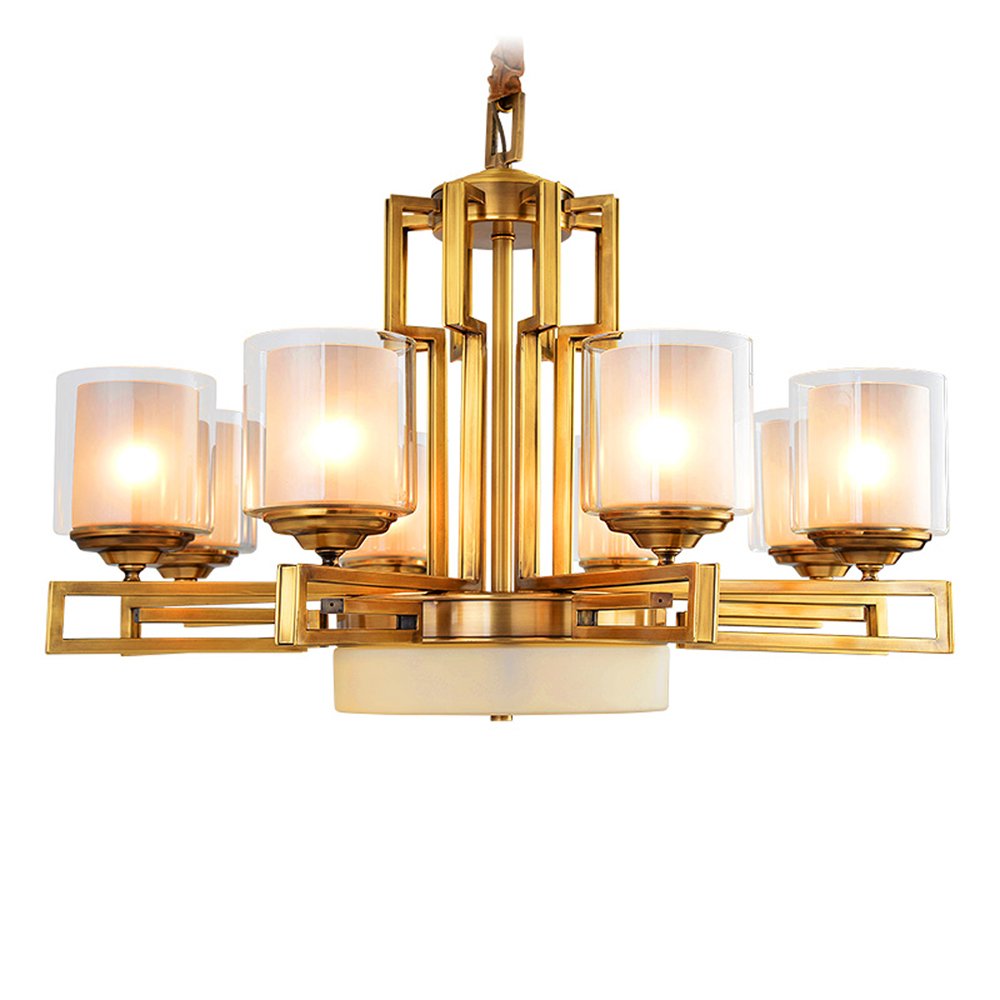picture lights How to Light Wall Paintings

Murals provide a design function to decorate the walls, but they can also be lit in order to draw attention to the painting and separate them from the rest of the wall.Whether you choose to light up the picture with inFrame lighting, wall lights or track lighting, the final result is eye-catching painting, naturally attracting people to appreciate the beauty of art.When using a larger drawing, one option is to use-Frame lighting for display works.There are several different options, such as lights that only glow in the header part of the frame, and lights that always glow around the frame.Painting using glass frame packaging to protect the benefit of paintingFrame lighting because any external lighting causes glare from some angles.This leaves the painting hidden to some extent outside of the field of view, while the interior lighting keeps the painting illuminated without any glare problems.While fixed track lighting is often used in the settings of the bar and kitchen island, the bulb points directly down to the surface, adjustable track lighting is ideal for photos.Rail lighting is hung on the ceiling above and works well with higher photos on the wall, but if the rail lighting is extended long enough, even lower photos on the wall will benefit.Adjustable lights give you the opportunity to point the bulb and lid in any direction of your choice, or light up a painting, or spread out and light up several different paintings on the same wall under the trackOverhead image lights are common and should be mounted on the wall right above the painting.These are best used in open drawing without reflective glass covers, but they can still use covered painting as long as you adjust the angle of the lamp appropriately.A 45-In most cases, the degree angle is valid.Adjust according to the location you think is appropriate to find the right lighting to display throughout the painting.High profile paintings benefit from elevated lights extended from the face, thus avoiding shadows, while flat paintings lacking texture benefit from direct elevated lighting.The right light not only illuminates the painting, but also helps to save it over time.Certain types of light, such as UV, harmful ink, and paint.Xenon and halogen lamps, as well as incandescent lamps (regular bulbs), are the best choice for illuminating the painting.Since xenon lamps mimic the sun and provide the best color, it is preferred, but they are the most expensive.The second is halogen.The best option, just lowAlthough blue tones can be emitted, electric bulbs are used.Incandescent lamps, such as bulbs used in ordinary lamps, are the cheapest, but often emit a yellow glow that affects the color.The exact power of the bulb depends on the individual preference, but in general, the lower the lux value (luminous unit), the more protective the painting is from the light damage of the pigment.An average of 75 to 100 lux.The museum uses filters to remove UV rays from light sources and strictly limit the number of lux at any given time and every year to protect photos.








